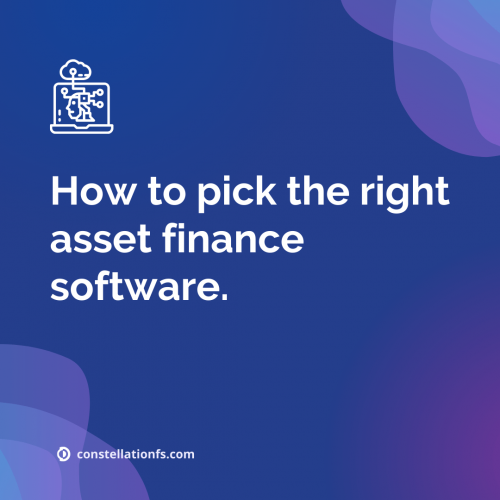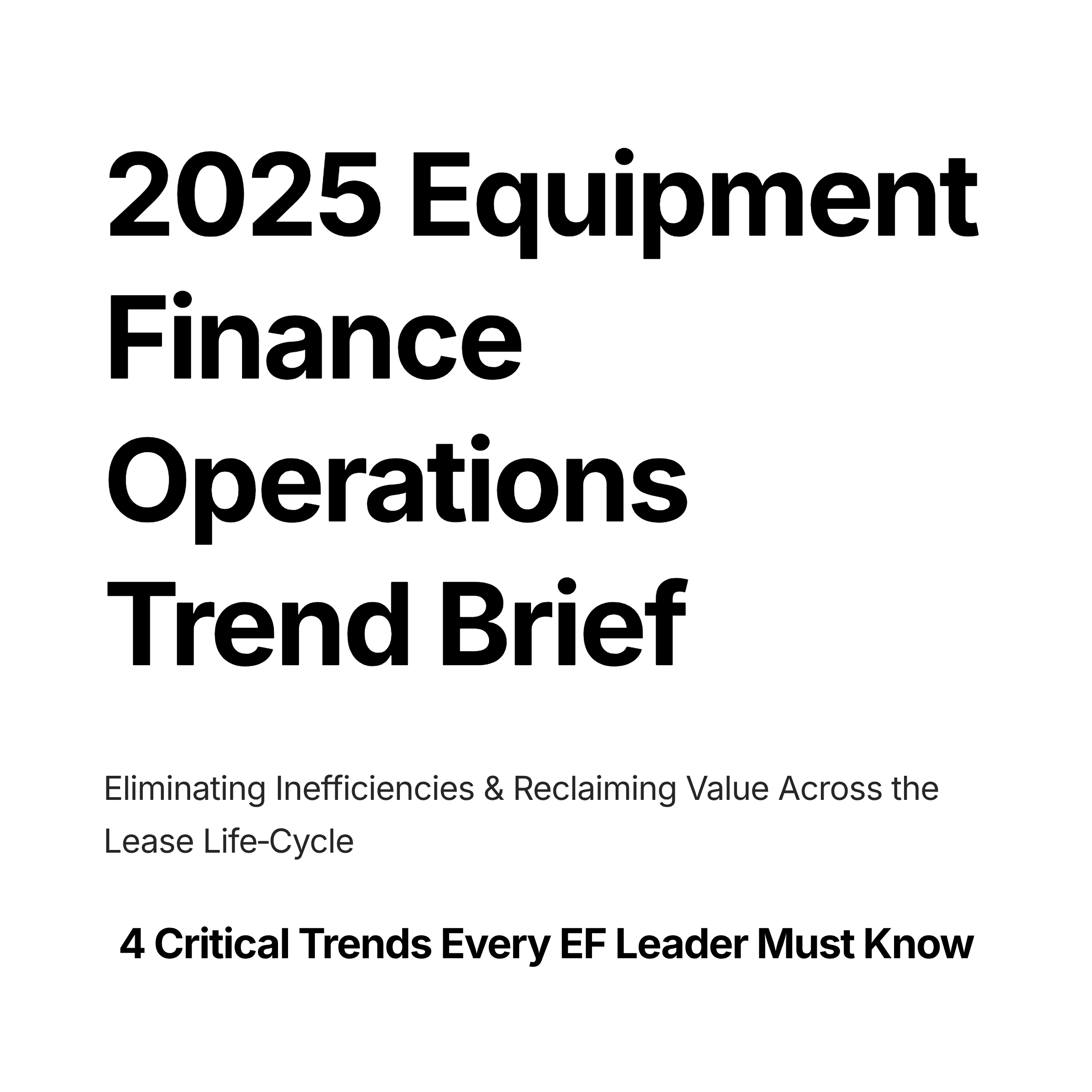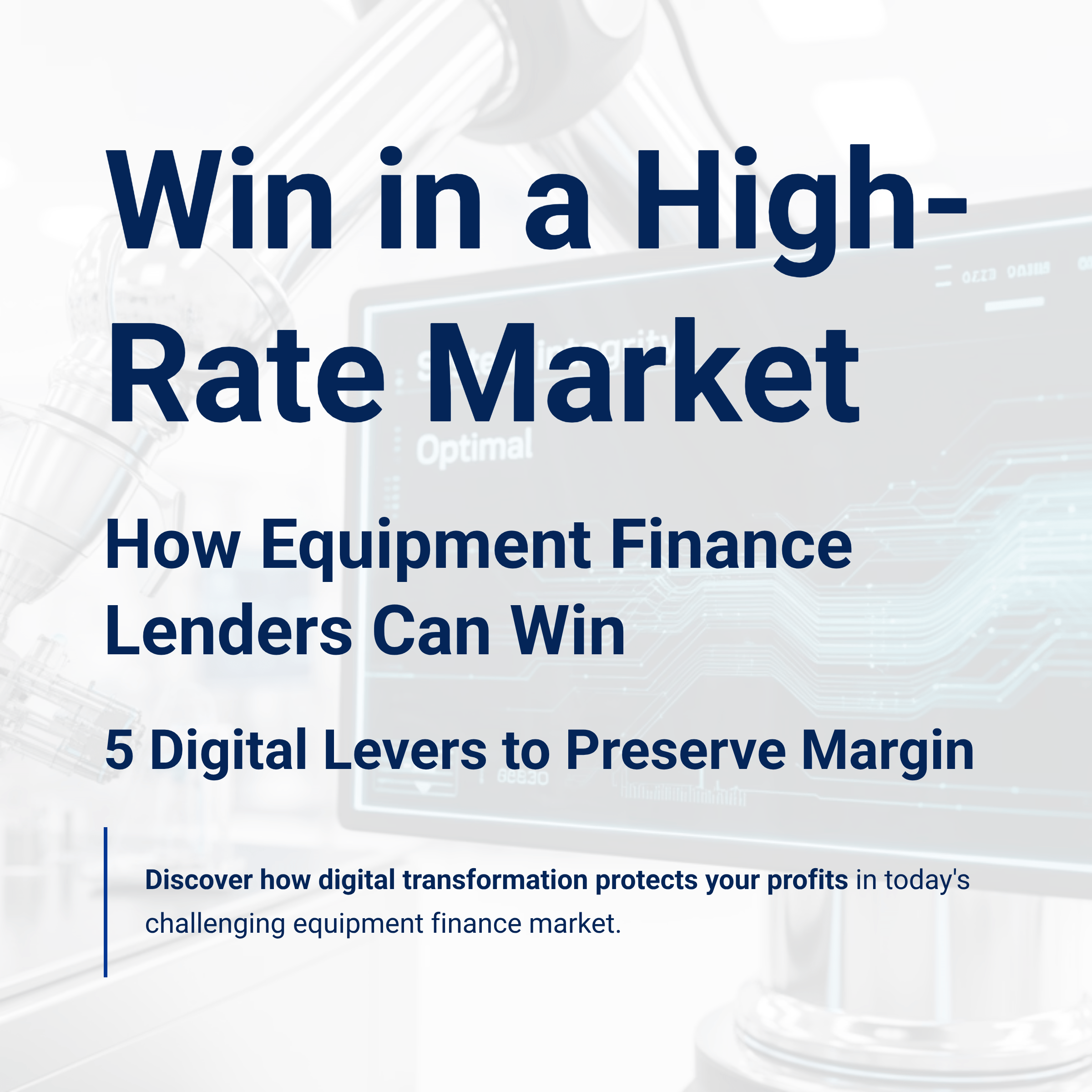
Asset finance software has become a crucial tool for businesses looking to manage the asset lease and loan process with effectiveness and efficiency. As the market is flooded with a wide range of software solutions, it can be overwhelming to determine the right fit for your business needs. It is important to choose software that complements your existing processes and empowers your operations, whilst being intuitive and user-friendly for your team.
In this article, we will explore the essential features and factors that you should consider before investing in asset finance software. From streamlining the lease/loan process to enhancing customer experience, we will guide you through everything you need to know to make an informed decision.
User Interface
A clean and intuitive user interface is essential for any software application. When purchasing asset finance software, you should look for a solution that is easy to navigate and use. The interface should be designed to make it easy to access key information, such as financial data, reports, and customer information.
A good starting point is to review what information you consider to be most important for your business to always have easy access to, ensuring that your priorities are met at any stage of the lease/loan process.
Integration
Integration with other systems is crucial for asset finance software. Look for a solution that offers APIs (Application Programming Interfaces) to integrate with your existing systems, such as accounting software, lien filing solutions, sales tax engines or CRM. This will help you avoid duplicating data entry and streamline your workflows.
Functionality
It might seem obvious, but a deep dive into the functionality of the software is imperative, and you should start with looking for a solution that provides features to automate your most time-consuming and manual processes. This may include automating lease/loan origination, underwriting, and customer communication.
The software should also be able to handle complex activities, such as managing multiple financing products with different parameters, including fixed and floating rate agreements, interim funding agreements, leases, loans, and deferral financing . Whilst functionality required will be unique to your business, there are tasks common to the industry as a whole that your software should be able to perform as a baseline.
Configuration
Asset finance software should be customizable to meet the specific needs of your business. Look for a solution that can be easily configured, allowing you to set up custom workflows or fields. This will help you tailor the software to your business processes and improve efficiency, whilst creating a smoother experience for users within your organization.
Additionally, software providers should be willing to work with you to provide the required support to configure their solution, so it fits your business processes.
Scalability
It is important that any software you invest in can grow with your business in terms of the number of leases, loans and assets it can handle, the amount of data it can process, and the ability to customize workflows and fields. Look for a solution that is flexible and can adapt to your changing needs over time.
Security
Asset finance software should offer robust security features to protect your sensitive information from unauthorized access, theft or breaches.
Encryption is a critical security feature that helps protect your data by converting it into a coded language that can only be read by those who have the encryption key. Look for software that offers strong encryption standards, such as Advanced Encryption Standard (AES) 256-bit encryption.
Additionally, user authentication ensures that only authorized personnel can access the software and sensitive financial data. Strong user authentication methods, such as two-factor authentication, can help prevent unauthorized access to the system.
Look for a software provider that publishes annual SOC Audit results. These are independent, third-party evaluations of a company’s control over their information systems and data. These audits assess the effectiveness of a company’s controls and provide assurance to customers that their data is protected.
Support and Training
Good support and training are essential when purchasing any software. Look for a provider that offers online resources, documentation, and customer support. This will ensure that you can quickly get help if you encounter any issues, at any time in the process.
Reputation and Reviews
Finally, consider requesting customer references before selecting your solution. Look for a solution provider that will allow you to contact existing customers. You want to know how smooth the implementation process went, what their current satisfaction with the software is and how they feel about the software provider as a whole. You’ll be looking for a software partner that grow with you. These relationships are not measured in months, but could last well over 10 years.
Taking the time to evaluate each of these factors will help you choose the right software for your business needs, and each of them should be considered to ensure you can make an informed decision.

Asset finance software has become a crucial tool for businesses looking to manage the asset lease and loan process with effectiveness and efficiency. As the market is flooded with a wide range of software solutions, it can be overwhelming to determine the right fit for your business needs. It is important to choose software that complements your existing processes and empowers your operations, whilst being intuitive and user-friendly for your team.
In this article, we will explore the essential features and factors that you should consider before investing in asset finance software. From streamlining the lease/loan process to enhancing customer experience, we will guide you through everything you need to know to make an informed decision.
User Interface
A clean and intuitive user interface is essential for any software application. When purchasing asset finance software, you should look for a solution that is easy to navigate and use. The interface should be designed to make it easy to access key information, such as financial data, reports, and customer information.
A good starting point is to review what information you consider to be most important for your business to always have easy access to, ensuring that your priorities are met at any stage of the lease/loan process.
Integration
Integration with other systems is crucial for asset finance software. Look for a solution that offers APIs (Application Programming Interfaces) to integrate with your existing systems, such as accounting software, lien filing solutions, sales tax engines or CRM. This will help you avoid duplicating data entry and streamline your workflows.
Functionality
It might seem obvious, but a deep dive into the functionality of the software is imperative, and you should start with looking for a solution that provides features to automate your most time-consuming and manual processes. This may include automating lease/loan origination, underwriting, and customer communication.
The software should also be able to handle complex activities, such as managing multiple financing products with different parameters, including fixed and floating rate agreements, interim funding agreements, leases, loans, and deferral financing . Whilst functionality required will be unique to your business, there are tasks common to the industry as a whole that your software should be able to perform as a baseline.
Configuration
Asset finance software should be customizable to meet the specific needs of your business. Look for a solution that can be easily configured, allowing you to set up custom workflows or fields. This will help you tailor the software to your business processes and improve efficiency, whilst creating a smoother experience for users within your organization.
Additionally, software providers should be willing to work with you to provide the required support to configure their solution, so it fits your business processes.
Scalability
It is important that any software you invest in can grow with your business in terms of the number of leases, loans and assets it can handle, the amount of data it can process, and the ability to customize workflows and fields. Look for a solution that is flexible and can adapt to your changing needs over time.
Security
Asset finance software should offer robust security features to protect your sensitive information from unauthorized access, theft or breaches.
Encryption is a critical security feature that helps protect your data by converting it into a coded language that can only be read by those who have the encryption key. Look for software that offers strong encryption standards, such as Advanced Encryption Standard (AES) 256-bit encryption.
Additionally, user authentication ensures that only authorized personnel can access the software and sensitive financial data. Strong user authentication methods, such as two-factor authentication, can help prevent unauthorized access to the system.
Look for a software provider that publishes annual SOC Audit results. These are independent, third-party evaluations of a company’s control over their information systems and data. These audits assess the effectiveness of a company’s controls and provide assurance to customers that their data is protected.
Support and Training
Good support and training are essential when purchasing any software. Look for a provider that offers online resources, documentation, and customer support. This will ensure that you can quickly get help if you encounter any issues, at any time in the process.
Reputation and Reviews
Finally, consider requesting customer references before selecting your solution. Look for a solution provider that will allow you to contact existing customers. You want to know how smooth the implementation process went, what their current satisfaction with the software is and how they feel about the software provider as a whole. You’ll be looking for a software partner that grow with you. These relationships are not measured in months, but could last well over 10 years.
Taking the time to evaluate each of these factors will help you choose the right software for your business needs, and each of them should be considered to ensure you can make an informed decision.


